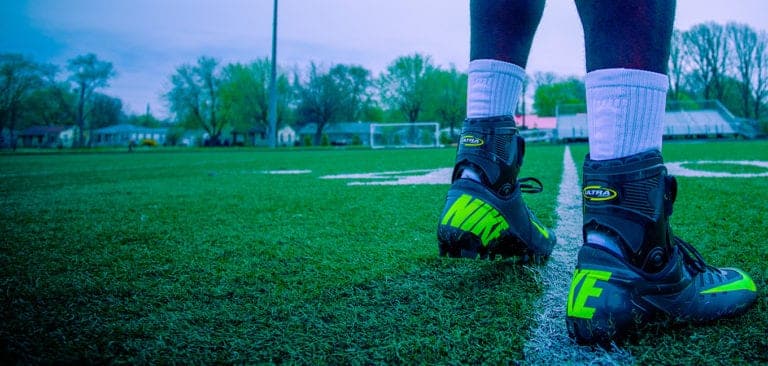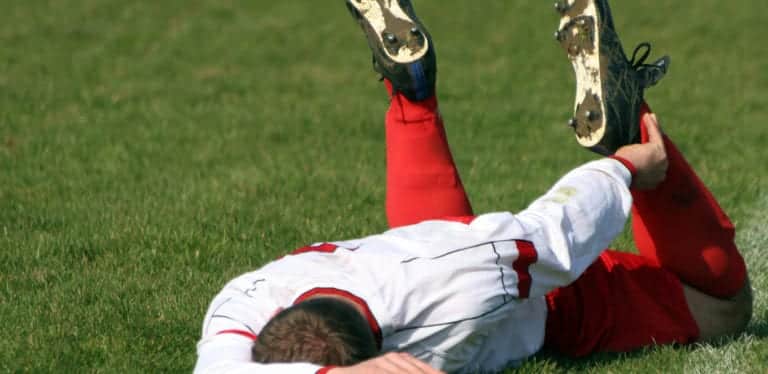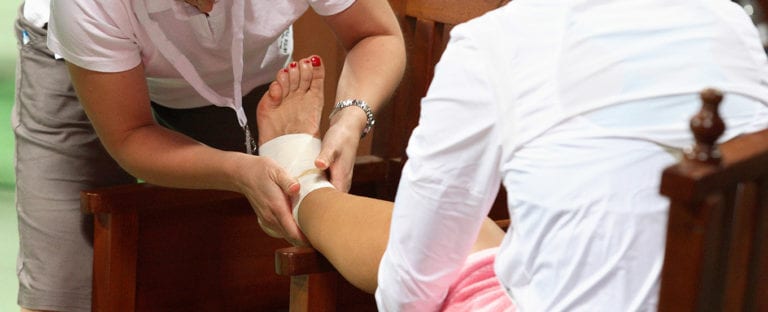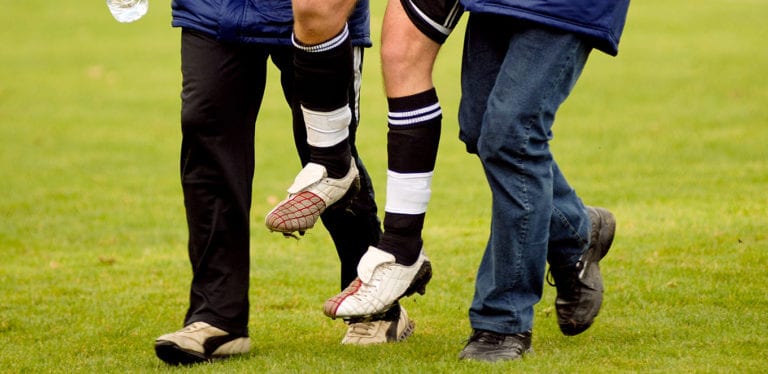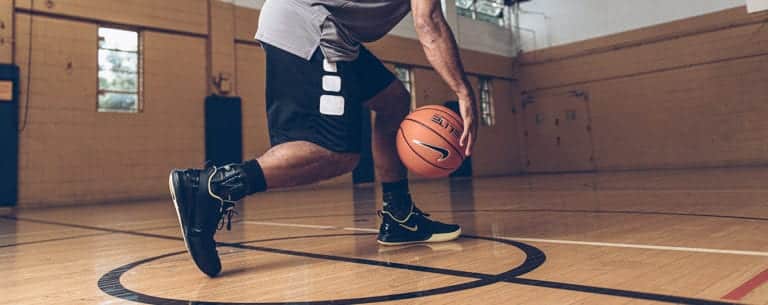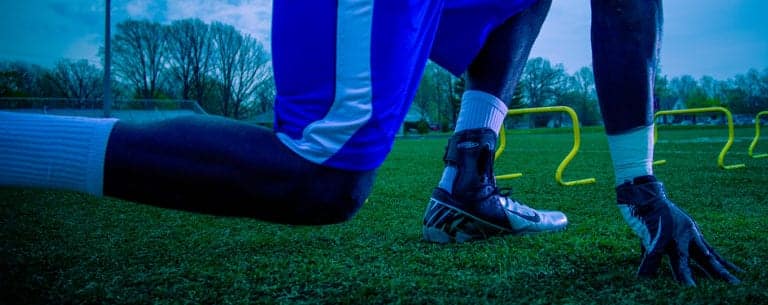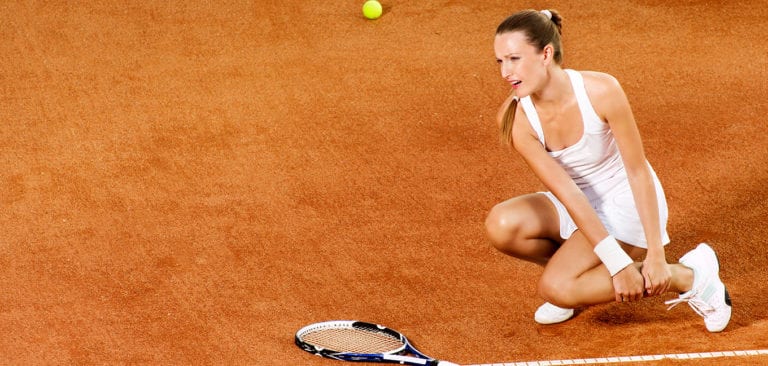
Unlike most sports where ankle injuries are caused by players coming in contact with another athlete, this is certainly not the case in tennis. In tennis, the ankle injury is typically caused by extreme forward, backward and lateral movements that place significant stress on the ligaments of the ankle. These ligaments cannot handle the additional load and eventually an ankle injury occurs.
The majority of ankle injuries in tennis are caused by the ankle turning excessively inward, stretching and/or tearing the ligaments on the lateral (outer) side of the ankle resulting in what is known as an inversion ankle sprain. Once the ligaments in the ankle become stretched, they stay stretched making the ankle more unstable and susceptible to future ankle injuries. If you’re a tennis player with a history of ankle sprains, it’s important to stop the cycle of ankle injuries early to eliminate future joint issues and/or losing the ability to play the game.
The best way to prevent ankle injuries and reduce stress on the ankle ligaments is to wear a functional ankle brace – but which ankle brace is the best for tennis players?
Ankle Braces to Help Prevent Twisting Your Ankle
Some tennis players wear the lace-up style ankle supports primarily because they are low profile and upon initial impression they appear to provide good ankle support. A lace-up is basically a corset that restricts all ankle range of motion which is not ideal when you are trying to keep the ankle strong and maximize performance. Also, by restricting normal up and down ankle motion, the ankle joint works against the lace-up brace causing it to lose support rapidly. Lace-ups became popular as a replacement for the ankle tape job, which itself loses 70% of its effectiveness during the first 20 minutes of activity, but are now commonly being replaced by more advanced technologies.
Rigid plastic ankle braces are another style of ankle supports that you may see when researching the best ankle braces for tennis. These types of ankle braces have a hinge and allow free up and down ankle motion to maximize performance and keep the muscles strong. They will provide much more ankle stability than the lace-up support because the brace moves with the ankle, not against it, so the straps stay securely in place. The downside to these braces is that the rigidity can be uncomfortable and feel bulky which tennis players typically do not like.
A third style of ankle brace that offers the performance aspect of the hinged brace with the softness and low profile of the lace-up is the Ultra Zoom. The brace shell is made of an advanced flexible material called Performathane® that uses body heat to custom-fit to the ankle. The hinged-cuff design allows full ankle range of motion and the cuff helps to restrict excessive ankle turning and twisting which causes both low and high ankle sprains.
To sum things up, the best ankle braces for tennis players are the ones that are designed to move with the ankle joint and not restrict normal up and down ankle motion. These types of ankle braces will have a hinge that allows full up and down ankle movement to enhance performance and provide long-lasting ankle support.
If you’re a tennis player with a history of ankle injuries and want to speak with one of our certified athletic trainers about your specific situation, give us a call or send us an email and we’d be happy to help.
SHARE WITH FRIENDS
RECENT POSTS
POST BY TOPIC
- Acute Ankle Injuries (7)
- Ankle Bracing (33)
- Ankle Injuries (17)
- Ankle Injury Prevention (19)
- Ankle Instability (4)
- Athletic Trainers (2)
- Athletic Training (3)
- Basketball (6)
- Football (9)
- Hiking (2)
- injury (2)
- Mild/Moderate Ankle Injury (2)
- News (2)
- Osteoarthritis (5)
- Pickleball (3)
- Soccer (4)
- Sports (17)
- Tennis (3)
- Ultra 360 Lace-Up (2)
- Ultra CTS (6)
- Ultra Zoom (9)
- Uncategorized (2)
- Volleyball (8)
